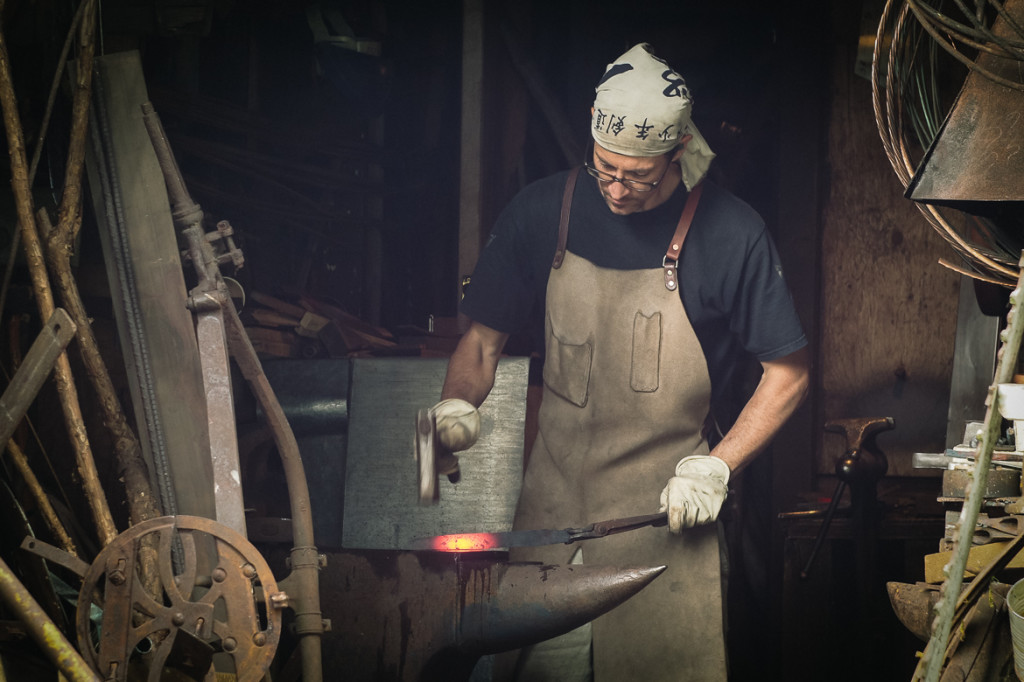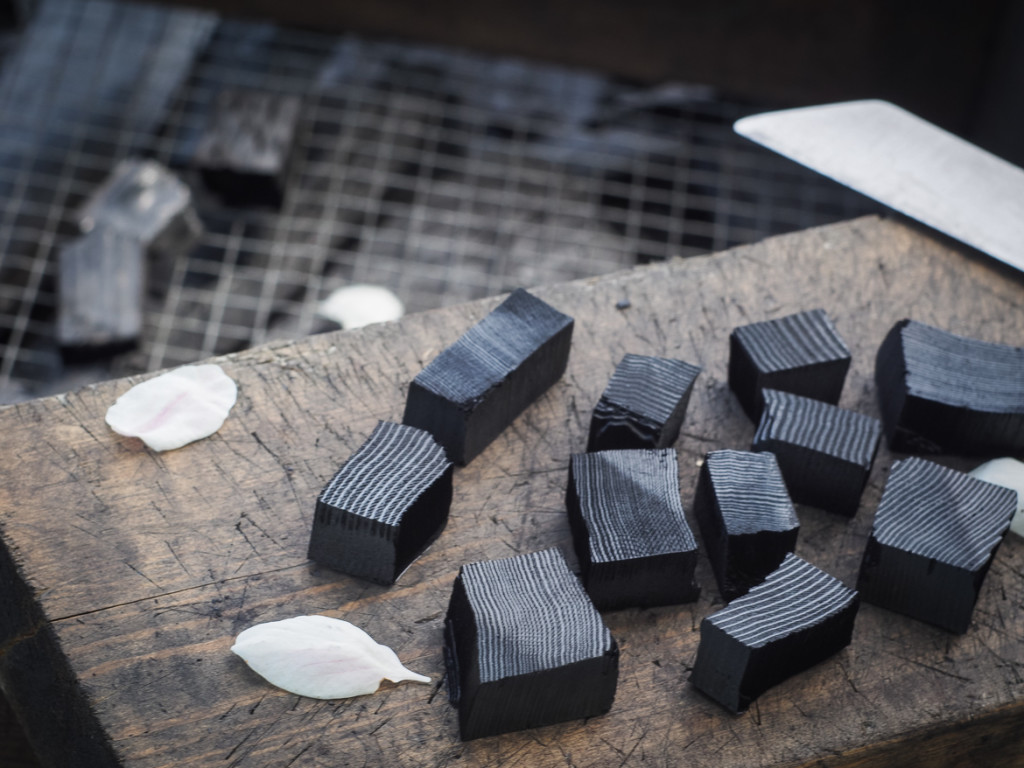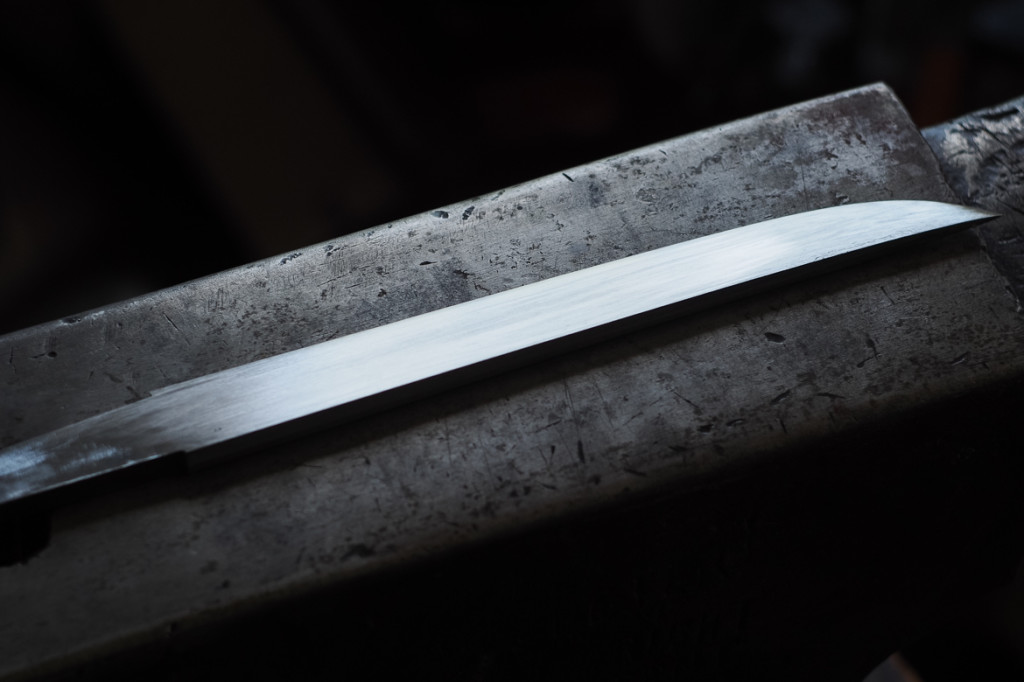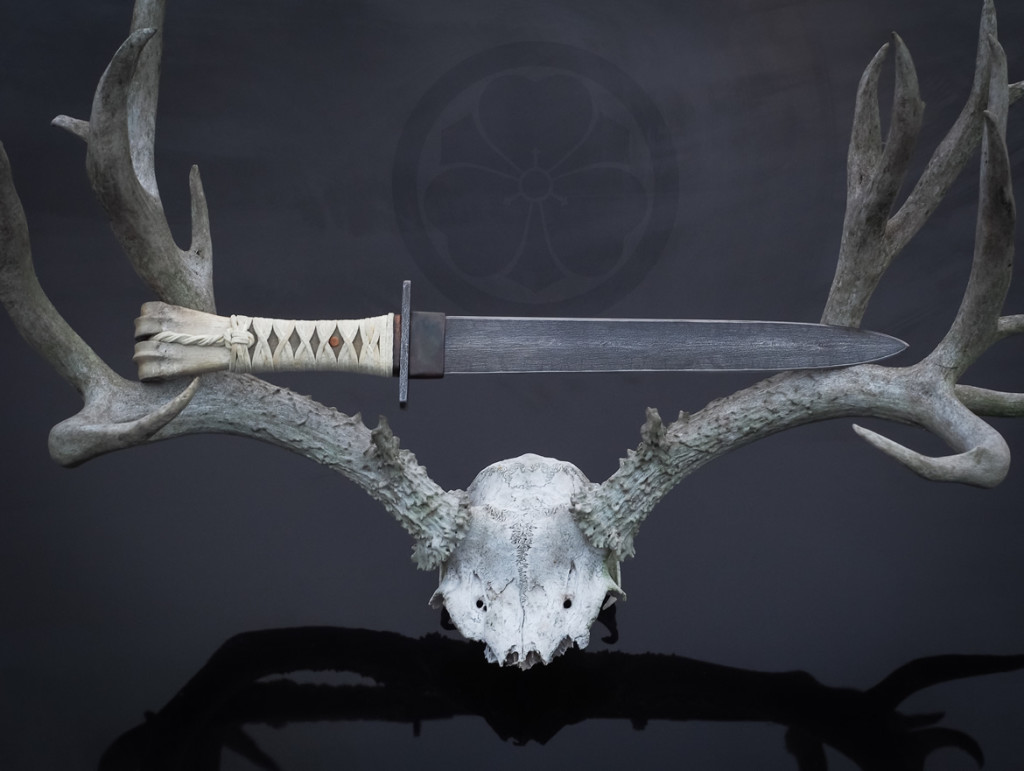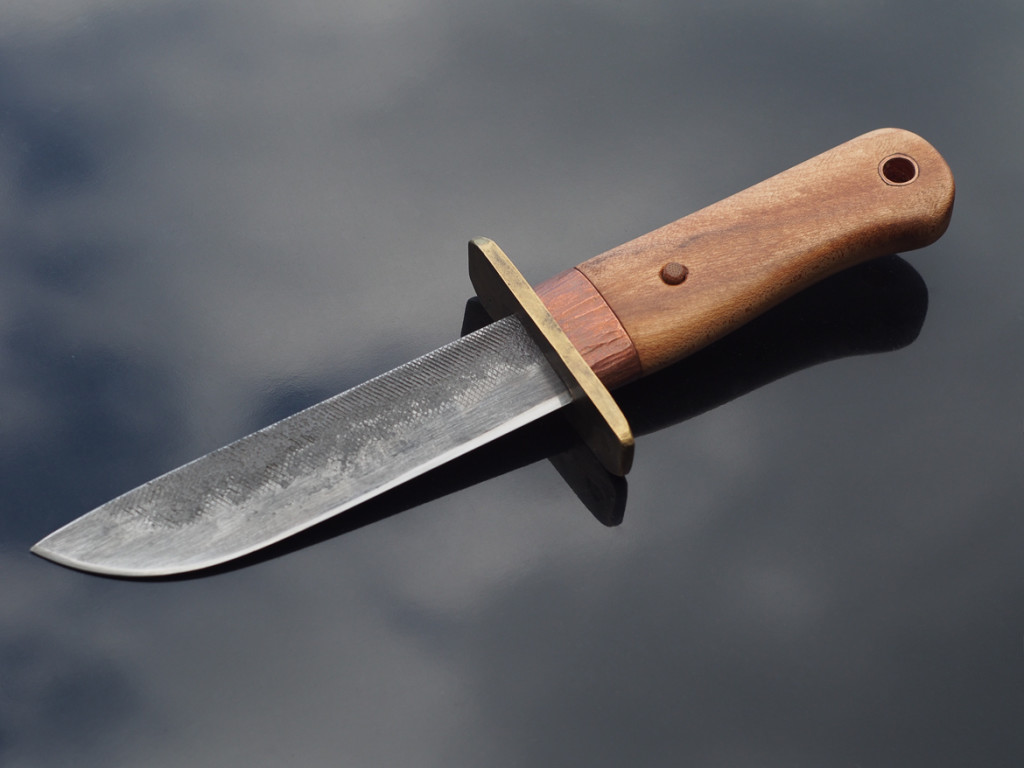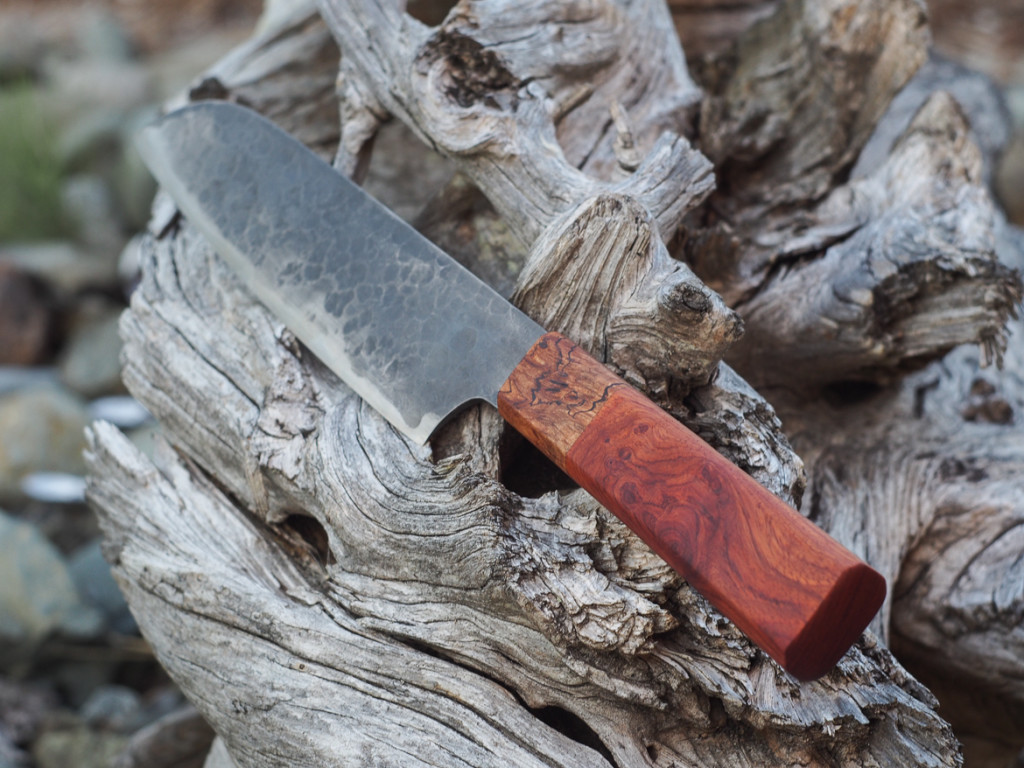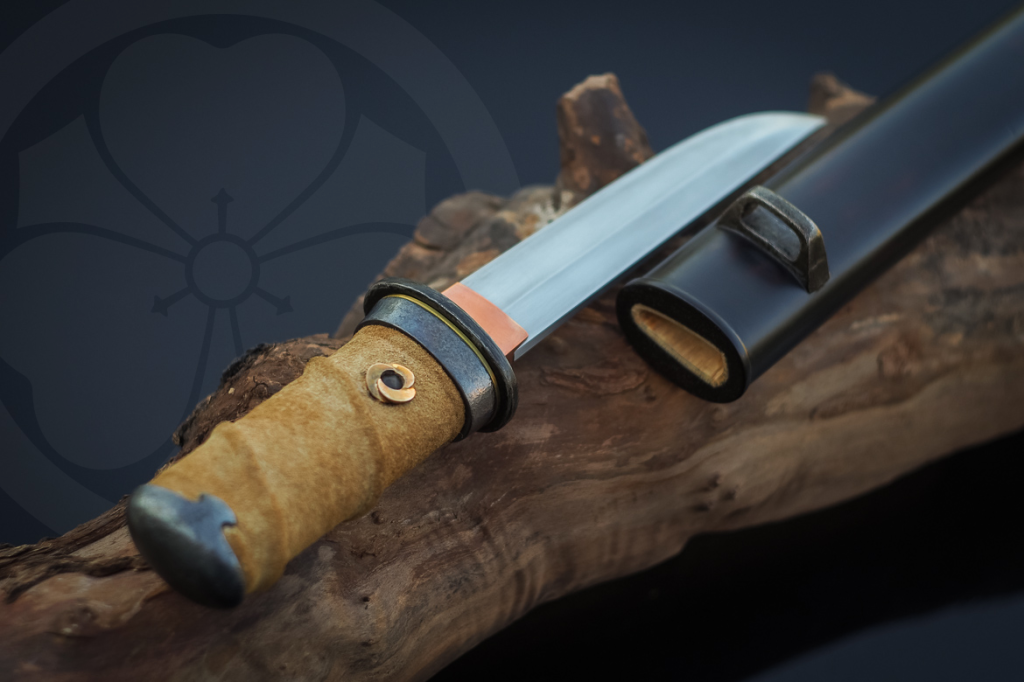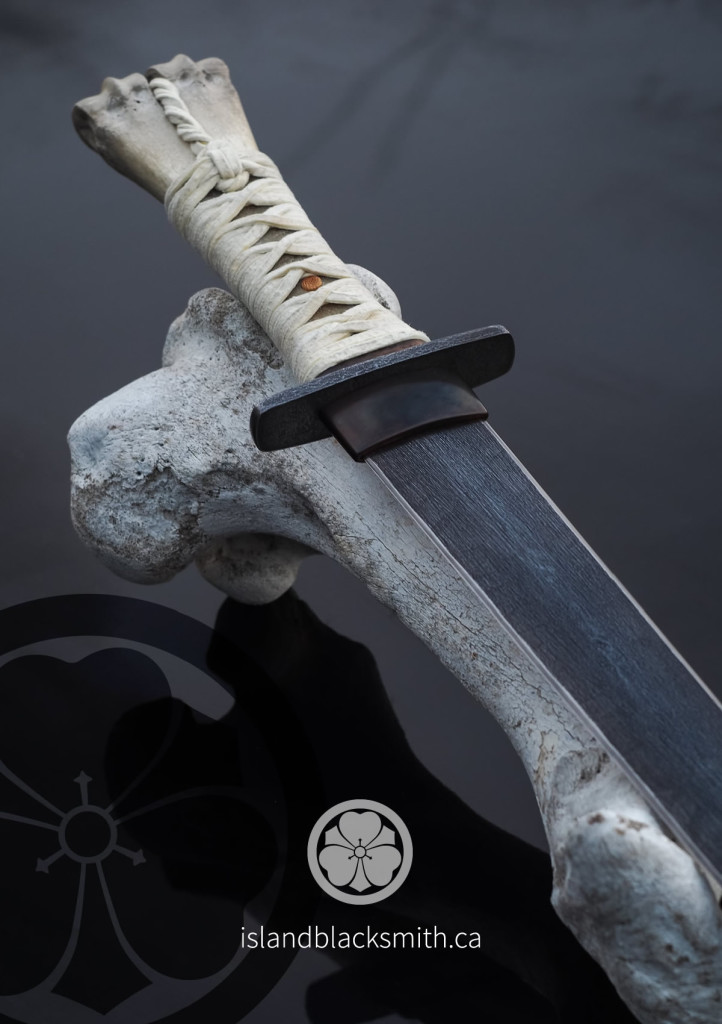I really enjoyed interviewing Dave Friesen from Crossed Heart Forge. Dave studied the Japanese Art of swordsmithing and from his experiences in Africa, North America and Asia he has created a fusion of designs. Using the base materials from discarded farm machinery, worn out tools, furniture and sawmill equipment he creates truly transformational art pieces that have to be seen to be believed. I am excited about this interview and hope you all enjoy reading about his work!
Dave enlighten us of your path through life and your forge / work
My approach is to create knives from natural and reclaimed materials using traditional methods based on the classical japanese swordsmithing tradition. All of my blades are charcoal forged and water clay tempered, using the methods of a Japanese swordsmith. At the core of all my work is collecting and curating last-century (or earlier!) steel that has been discarded and turning it into something functional and valuable again, I guess a form of “retrodemptive” art.
The work is very intensive and done by hand beginning from the point of cooking and chopping handmade softwood charcoal to fuel the forge, to mounting the handle fittings with traditional glues made from rice and pine resin, right up to the final polish of the blade using natural Japanese waterstones. Because my process is so different from most modern knifemakers, and because it can be hard to find accurate information in English, I try to document and share some of my methods to educate clients, collectors, and other makers.
My goal as an artist is to use reclaimed steel, iron, and other materials and to work within the creative constraints of the geometry of the tanto form and nihonto handle mounting technology, building upon the foundation of 13th century Japanese aesthetics and techniques to create my own works.
What got you started in creating and designing the various pieces Crossed Heart Forge offers?
From a very young age I was exposed to some of the design aesthetic and culture of old Japan and it was really the first inspiration for my knifemaking which led to blacksmithing and learning all the other related skills required to make a knife. When I started out, scrap metal was the only source material available to me, and over the years I have realized that the story of my raw material is a very important part of my process.
As a young blacksmith I also spent some time in Amish Country working with a career blacksmith and found that the “plain and fancy” approach meshed well with the Japanese approach of form following function but never being compromised in its subtle and striking beauty. For me, there is an exquisite balance between something as delicate as a small inlaid silver leaf next to the cold and clean as the lines of a tanto blade, the simplicity and the elegance coexisting but never overpowering one another.
Tell us about your creations, how they’re made, how they feel, tell us about your very best!
By far my favorite work is the traditional tanto style. Between custom pieces I work on my own project ideas that are generally quite complex to finish and mount and lead to lots of research on traditional techniques, tools, materials, and methods. The Bone Dagger was on the bench for a year and a half while I worked out the method of locking bone to wood and wood to steel using a three-part interlocking puzzle, rawhide and leather wrapping, and a bamboo peg to finish off. This is a real fusion of western and eastern styles, but came together very well in the end. Though it was a long journey, I am glad I took the time to find the right approach for finishing this blade, it always turns heads!
The Bone Dagger, mounted with mineralized cow bone, hand-tanned buckskin, wrought iron, copper, bamboo.
For the past couple of years I have done a major project each year on a theme, pushing my limits and exploring other areas of knifemaking to create a limited edition body of work. (At the time of writing there are only a handful of knives left for each project, once these are gone custom orders for similar styles will be at current prices.)
Last year I devoted quite a bit of time to outdoor knives, many of them a fusion of western bushcraft blades and Japanese sword style handles that can be field stripped by removing the bamboo peg. Some of the wood for the handles came from a piece of maple furniture made in Canada in the 60’s and many of the sheaths were done by local leather artisans.
Blade forged from a file, mounted with furniture Maple, copper water pipe, bearing bronze, and bamboo.
The year before I focused on culinary knives which have a very different geometry than my usual work. Some of my favorite pieces involved stunning combinations of local woods and some intense rosewood from an antique chair brought over from china several decades ago.
Handle of antique chair leg Rosewood and spalted Maple, forged from farriers rasp.
Why do you think that handmade items are a great option for men? Why should guys support handmade? Why should people buy handmade for the men on their lists?
When I started blacksmithing and making knives in the early 90’s I really had to explain what I was doing and why to most people, but in the last five years or so there has been a real rennaissance of hand crafting, wood and metal work, and things like simple living and more grounded outdoor pursuits. So I think the time for exploring these crafts, and the appreciation of quality over quantity, and for questioning some of the values of the consuming mass produced culture have begun to arrive…I am glad to be part of this transition and to support the generation that embraces it. One of the ways I try to equip others to become makers is to have a few D.I.Y. blades available, charcoal forged and clay tempered, ready for someone to craft their own handle and sheath.
Uzumaki Kotanto, harrow tooth, Model T fender, wrought iron from the sea, brass door plate, copper bus bar, reclaimed bison horn, urushi lacquer
I often have guys bringing me some old busted tool that came from grandpa’s workshop and having a custom knife made from it that they can use and pass on as a family heirloom. This kind of generational connection is something I am honoured to be part of, I think there has really been a void in that area in the past generation, the whole idea of releasing and passing something on seems to have been lost in the mass-production/accumulation mentality that has been strong in the west for the past fifty years.
What are your plans for Crossed Heart Forge? Any news or sneak peeks at things our readers can look for in coming months?
I have been forging some larger pieces recently, full sized tanto blades, and at least a couple of them are currently destined for one off collaborative works with other artists outside the knifemaking world…in general, this year I have really been pushing the boundaries as far as my own skill level and in terms of the reclaimed aspect of other parts of the knife beyond the blades, trying to really maximize use of some scrap metal bits that seem totally useless at first glance.
Click the links below to connect with Crossed Heart Forge now…
>>>islandblacksmith.ca
>>>Island blacksmith Vimeo Channel
>>>https://www.facebook.com/islandblacksmith
